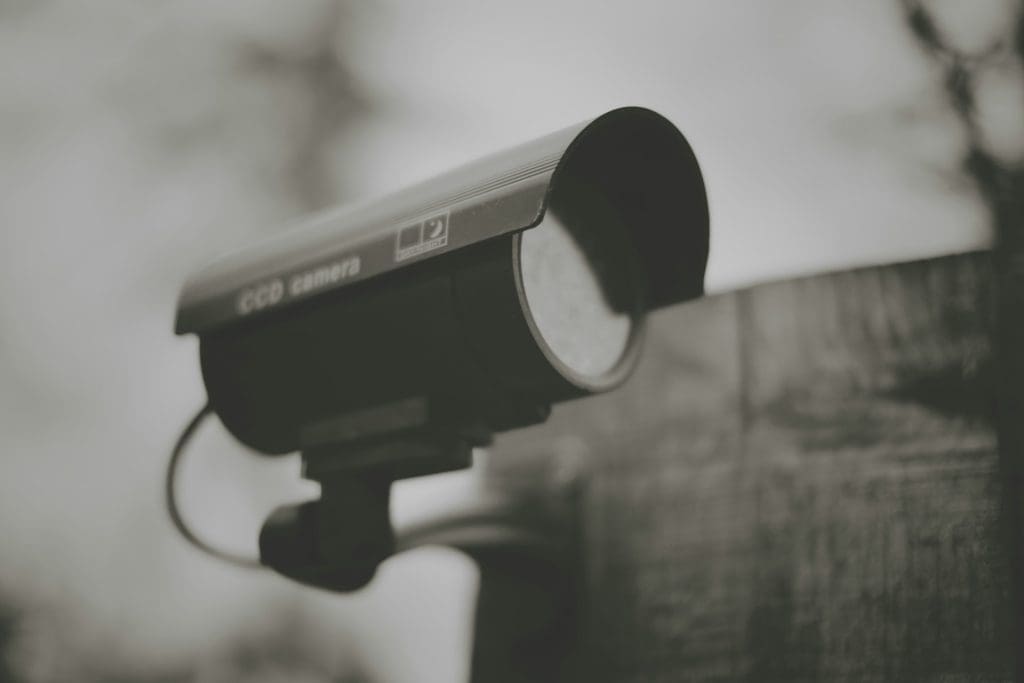Without physical security, employees, company assets, and customers can be at considerable risk. Robust security measures can improve operational efficiency and employee morale.
If you wish to protect your commercial business’s premises and personnel but don’t know where to start, this guide is for you. Here are six measures you can take to get going:
1. Implement Access Control Systems
Access control systems allow you to monitor and regulate the business premises, choosing who enters or leaves the property. It consists of various features, including:
- Biometric scanners
- Keycard scanners
- RFID card scanners
- PIN codes
With commercial access control systems, you can lock/unlock doors, grant temporary access, and even control elevators. The integration of smart technology allows you to regulate your company’s physical security remotely. Moreover, access control systems are highly scalable, meaning you can add more devices as your business grows over time.
Depending on your business needs, you can implement various types of access control systems. For example, Discretionary Access Control (DAC) allows individuals to access their resources, while Mandatory Access Control (MAC) imposes strict security protocols and clearances.
2. Invest in Surveillance Systems
Install surveillance cameras strategically across your facility to ensure 24/7, real-time monitoring. This will ensure crime deterrence, protecting sensitive information and physical equipment from thieves and other unauthorized personnel. In case of workplace accidents, surveillance cameras can reduce liability and help settle problems quickly and efficiently.
In addition to property entrances and offices, cameras should be installed in parking lots, the reception area, loading docks, and elevators.
Use high-definition cameras with remote access. Incorporate additional features, such as motion detection and alarms, to ensure the security of employees and equipment.

3. Enforce Physical Barriers
Physical barriers are necessary to enforce boundaries, protect assets, and ensure employee safety. Robust and sturdy gates can protect parking areas, loading areas, and working spaces. You should also install fences to enhance security. Common types suitable for business premises include:
Chain link fences: These are cost-effective and difficult to climb. Chain link fences require little to no maintenance and last for decades.
Ornamental fences: Made from wrought iron or high-quality aluminum, ornamental fences are just as effective as chain link fences. They can be customized to match the architectural style of your commercial building.
Barbed wire: Razor wire or barbed wire can be added on top of your chain link or ornamental fence for added security.
You can also use bollards to control access points, especially loading docks.
4. Hire Trained Security Personnel
On-site guards are a guaranteed theft deterrent. They can conduct door checks for people, including employees, customers, and visitors. Moreover, they are trained to identify suspicious activity and take active measures to mitigate the situation. Security personnel are also trained to handle emergencies and provide first aid and CPR.
Remember to run thorough background checks when hiring security personnel. Assess the education, experience, and soft skills to predict their behavior. You can also look for personnel with additional certificates in medical services and military training.
If you’re a small commercial business, hiring security personnel for 24/4 monitoring can be expensive. Consider hiring a mobile patrol when your premises are closed. If the alarms go off due to a break-in or fire, they will arrive on the scene and take the necessary steps to contain the situation.
5. Invest in Employee Training
Employees are the backbone of a business, and their security training should not be overlooked. Conduct regular employee training to enforce security standards. Here are some aspects you should focus on:
Threat awareness: Teach your employees about identifying and reporting suspicious individuals or behaviors.
Access control: Make sure the employees know how to use access control features.
Emergency response plan: Ensure that all employees are aware of internal and external evacuation protocols and emergency contacts.
Use real-world scenarios and simulations to plan for emergency situations. Encourage employees to share feedback and assess their understanding through various tests.
6. Have an Emergency Response Plan
Having a robust emergency plan can save precious lives and sensitive files. Collaborate with industry-specific security experts and follow these steps to create an emergency response plan:
- Identify potential risks and threats to your business. This can include fire, power outages, security breaches, or workplace violence.
- Establish a crisis management team. You can involve individuals from the security and operations departments. Assign roles and train those employees so they can fulfill their roles in an emergency situation.
- Develop a clear communication plan. Determine how employees will be informed in case of an emergency.
- Establish a clear evacuation plan and make sure every employee in the building is aware of it.
- Implement shelter-in-place procedures, allowing employees or customers to stay safe inside the building if needed.
- Thoroughly test your evacuation plan and address any delays.




